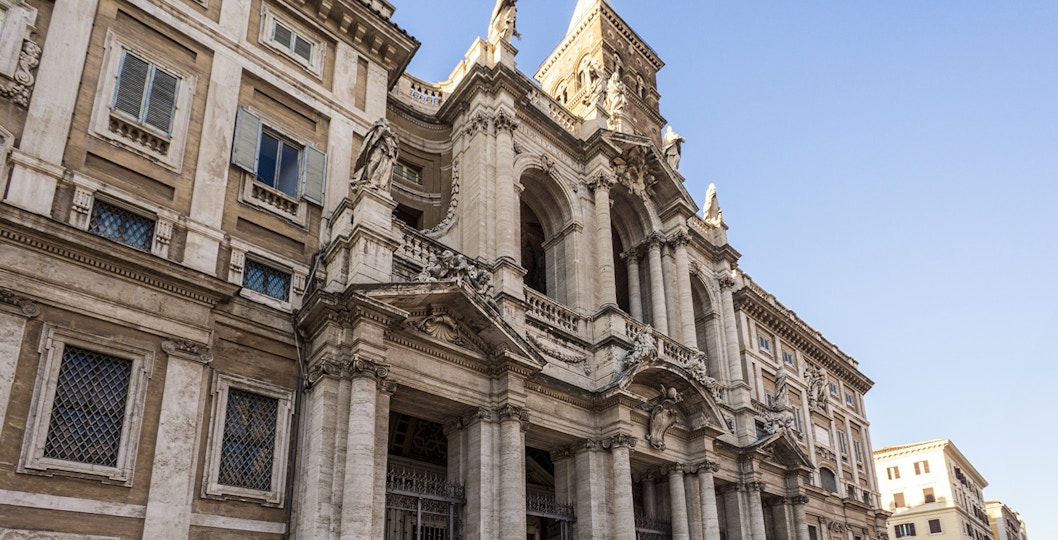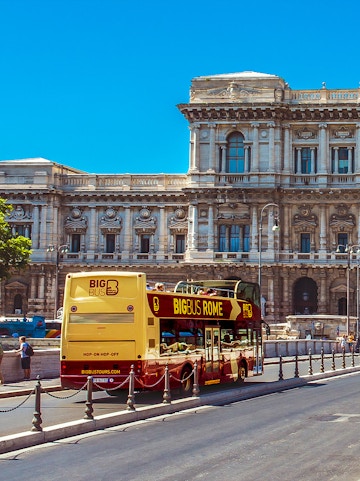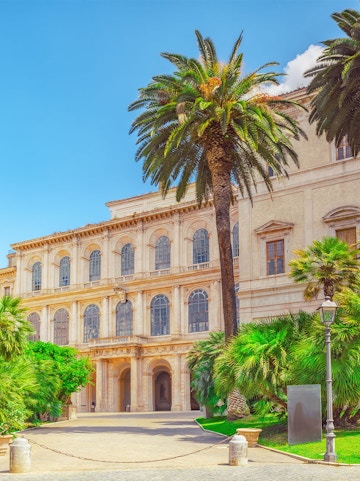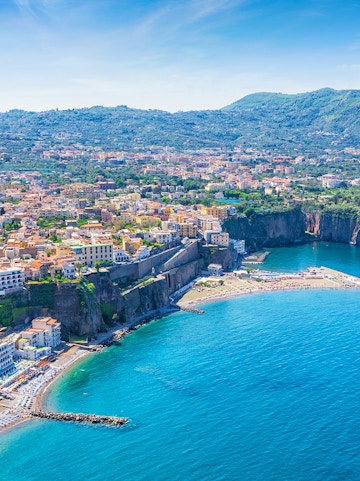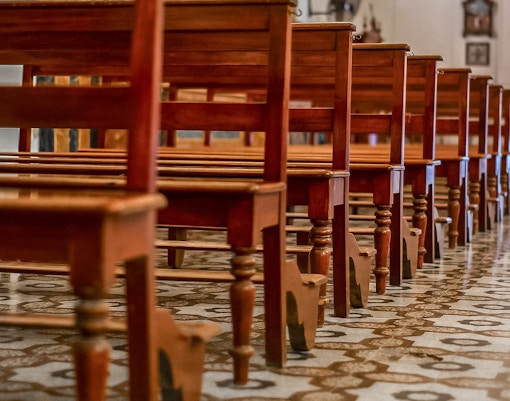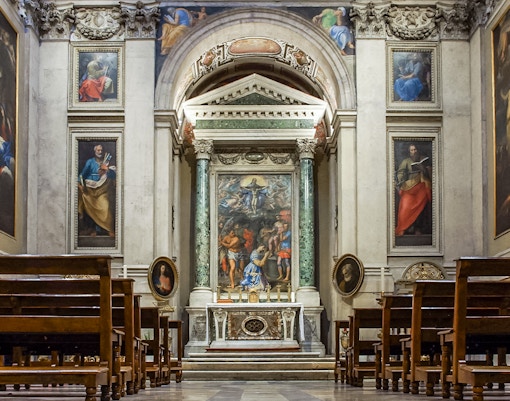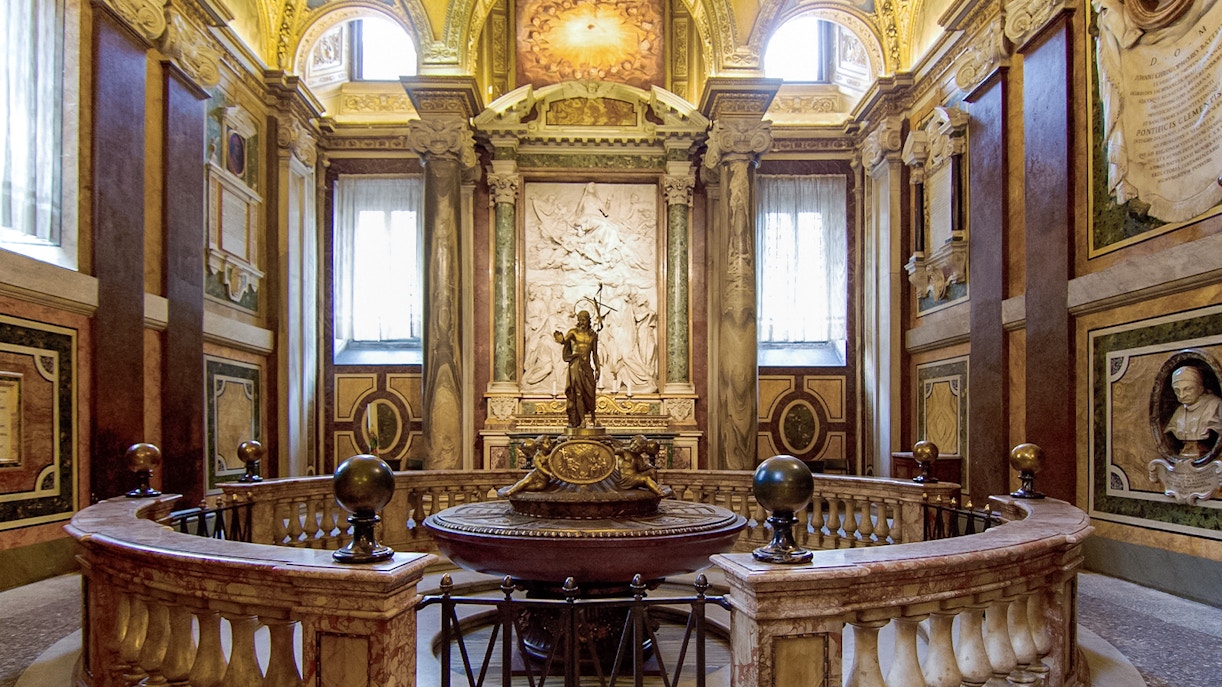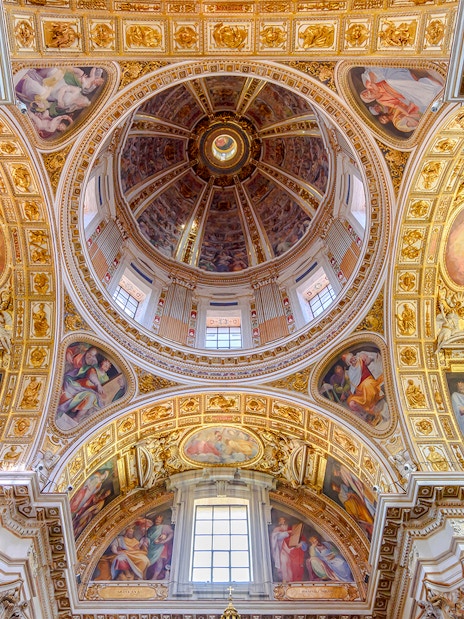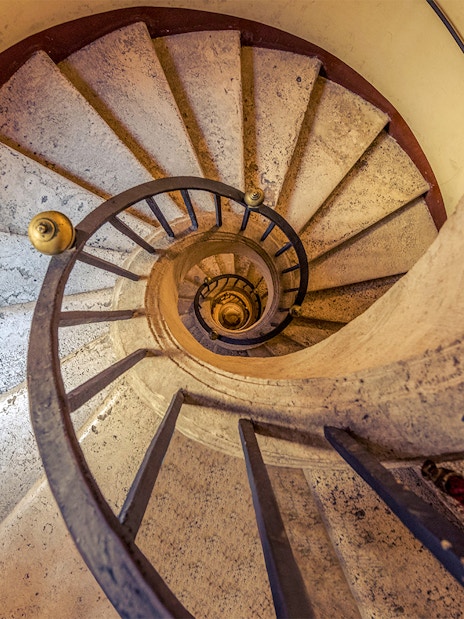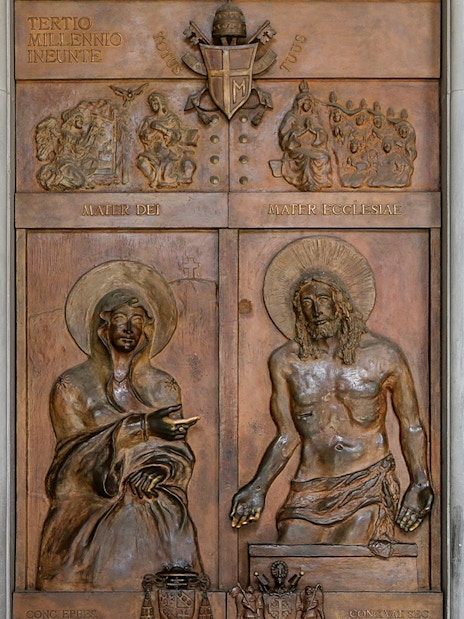The Holy Door of St. Mary Major, opened only during Jubilee years, represents a passage into divine grace. Walking through it is a powerful act of faith and devotion.
- The basilica is one of Rome’s Seven Pilgrimage Churches, making it an essential stop for those completing the traditional pilgrimage route.
- Pilgrims believe that stepping through the Holy Door with true repentance allows them to receive a Jubilee indulgence—a remission of sins.
